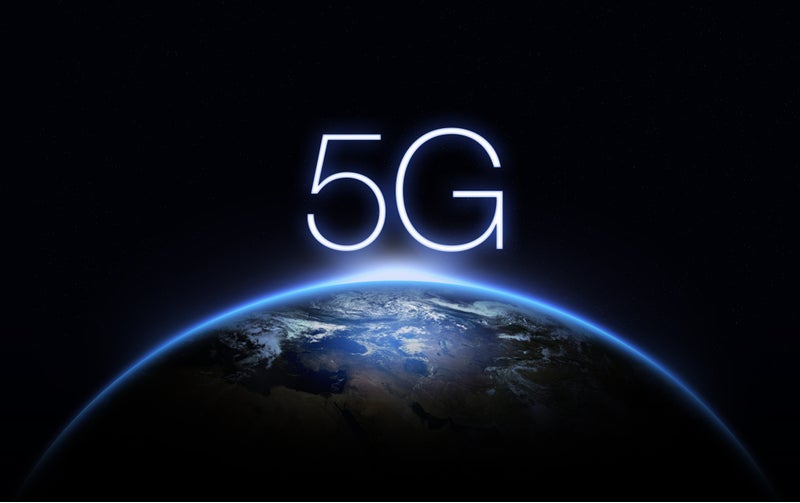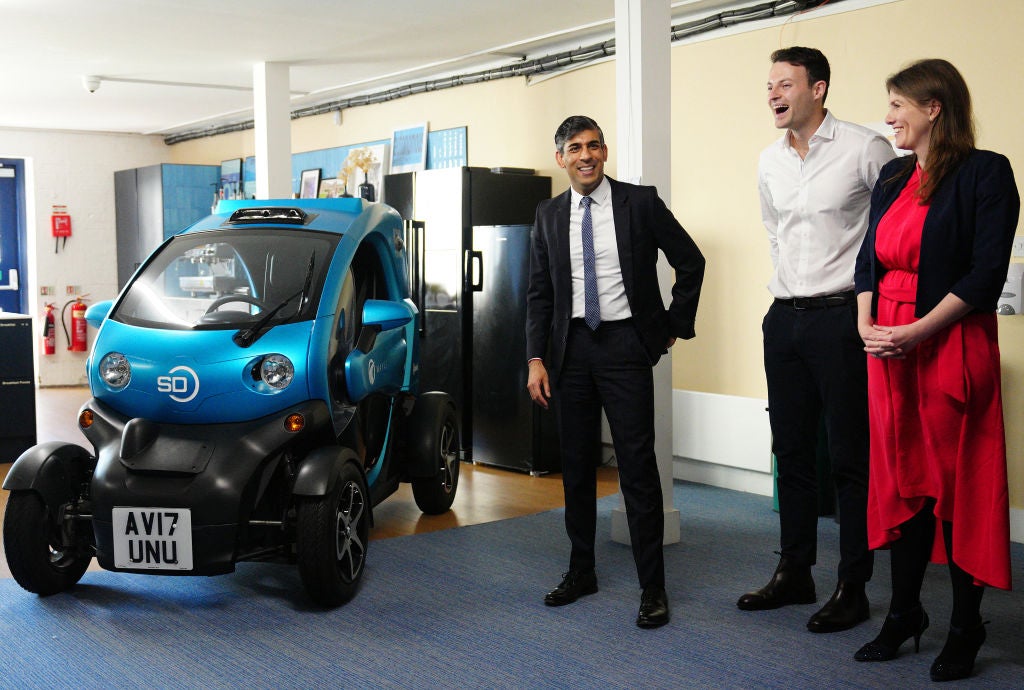
Someone attending 5G Asia last week, which was held at the Marina Bay Sands Expo Centre in Singapore, suggested that: “It is clear that 5G will mean something very different to the world than 4G LTE.”
The defining attributes of the Long Term Evolution (LTE) era are bringing mobile video to the masses and bringing many online for the first time.
However, while 4G was about mass-market consumer’s access to videos and applications from anywhere, 5G will be more about enterprise and government transforming how we live and work. This also means 5G will be about connected things, machines, buildings and cities, rather than just connecting people with smartphones. 5G will also be about the power of analytics, driven insights and automation.
The DoCoMo way
Ultimately the most effective 5G IoT solutions will arise from end-to-end collaboration between enterprise and government, telco and vendor and software and systems integrators. One operator who is currently taking this approach is NTT DOCOMO in Japan.
Beginning in February 2018, DoCoMo invited other Japanese companies to participate in its DoCoMo 5G Open Partner program wherein the MNO provided access to 5G testing environments, verification centres and telco cloud at several centres around Japan. The partner program has attracted over 2,200 participants from over a dozen verticals and including participation from some of the largest technology vendors in Japan and Globally like NEC, Sony, Nokia, Fujitsu and more.
The most recent announcement from DoCoMo’s industry collaboration is around a partnership between DoCoMo, Nokia Solutions and Omron, a Japanese electronics manufacturer. The three companies are collaborating on a 5G automated factory using autonomous mobile robots and real-time video analytics to automate the production process, reducing time to market and increasing safety and efficiency. This showcases a 5G solution that is actually transformative in how it relates to business operations, made possible by an open network and industry collaboration.
How well do you really know your competitors?
Access the most comprehensive Company Profiles on the market, powered by GlobalData. Save hours of research. Gain competitive edge.

Thank you!
Your download email will arrive shortly
Not ready to buy yet? Download a free sample
We are confident about the unique quality of our Company Profiles. However, we want you to make the most beneficial decision for your business, so we offer a free sample that you can download by submitting the below form
By GlobalDataWhile more providers are building innovation labs (e.g., Singtel 5G Garage) to drive collaboration and promote solution co-creation, more operators, vendors and enterprises around the world should embrace the open and collaborative approach like DoCoMo if they want to develop meaningful solutions. While many in the ecosystem are concerned with their place in the value chain, the size of the 5G IoT market overall can only grow larger as a result of more partnerships. Operators should focus on trialling virtualisation in their network and exposing network services to APIs in order to offer developers more tools and resources to create innovative mobile services. The 5G IoT world will depend on openness and collaboration to reach its potential.
Collaboration between the telcos, IT and software vendors, industry and government need to continue and to accelerate in order for 5G to reach its potential.
Tech and industry downstream consumers of next-generation 5G IoT (Internet of Things) solutions, largely enterprise and government, should also be proactive in collaboration with the telcos and IoT solutions providers, in order to get the most benefit from 5G.
Connecting and exposing new systems, platforms and things to external networks through radio access technology will require rigorous testing and certification to ensure efficiency and safety of 5G IoT solutions before they can be deployed.
Telecos and equipment vendors are the most fitting partners to help during this process and industry given their extensive experience in this area. Further collaboration with telcos and vendors can help them better understand the operational challenges faced by various industries and lead to better outcomes in final products.






Related Company Profiles
Sony Group Corp
Fujitsu Ltd
Omron Corp
NTT DOCOMO Inc